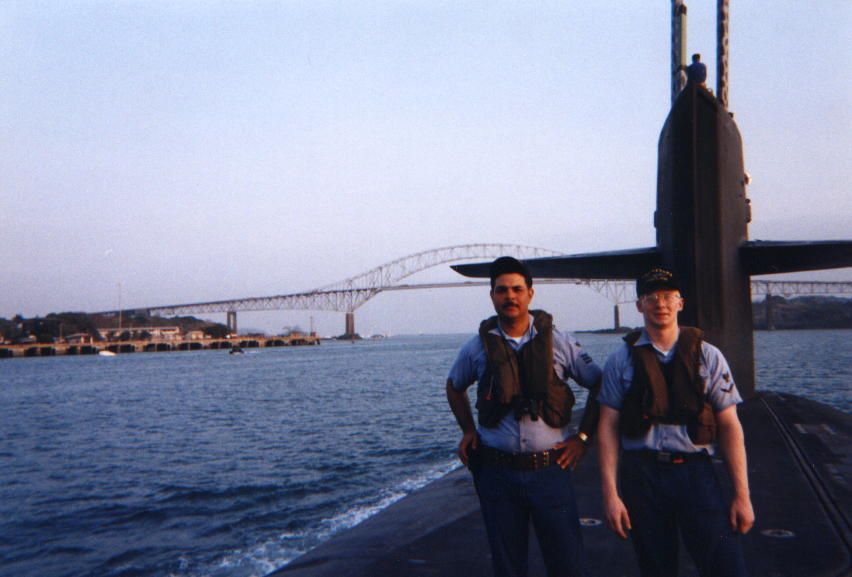JAndrew
Well-Known Member
- Joined
- Aug 9, 2013
- Messages
- 113
- Reaction score
- 21
Hello,
Several questions relating to AIR powered motors:
1.What is the effective RPM range for air motors? I read somewhere that above a certain rpm air motors don't have enough time to fill the cylinder with air so they need a lower rpm range than IC motors.
2.When would double acting pistons be more efficient than single acting? The two trains of thought are that a double acting has more friction due to packing but may be more efficient in instances where there are less cylinders.
3.How do the bore to stroke ratios of air motors compare to those of IC engines? Should you utilize a longer stroke since your rpm range is lower to gain efficiency? In the IC engine world higher-reving engines like motorcycles use a shorter stroke due to material friction concerns.
4.For the same total displacement, driving the same load, would there be any efficiency gains by using a multi-stage air motor? (ie a small piston, which exhausts to a bigger piston etc.)
5.Any other design characteristics that vary air motors from their IC bretheren?
Thanks in advance! These forums are a wealth of knowledge and invaluable to someone like me, just starting out.
-J.Andrew
Several questions relating to AIR powered motors:
1.What is the effective RPM range for air motors? I read somewhere that above a certain rpm air motors don't have enough time to fill the cylinder with air so they need a lower rpm range than IC motors.
2.When would double acting pistons be more efficient than single acting? The two trains of thought are that a double acting has more friction due to packing but may be more efficient in instances where there are less cylinders.
3.How do the bore to stroke ratios of air motors compare to those of IC engines? Should you utilize a longer stroke since your rpm range is lower to gain efficiency? In the IC engine world higher-reving engines like motorcycles use a shorter stroke due to material friction concerns.
4.For the same total displacement, driving the same load, would there be any efficiency gains by using a multi-stage air motor? (ie a small piston, which exhausts to a bigger piston etc.)
5.Any other design characteristics that vary air motors from their IC bretheren?
Thanks in advance! These forums are a wealth of knowledge and invaluable to someone like me, just starting out.
-J.Andrew





